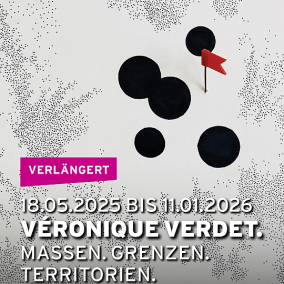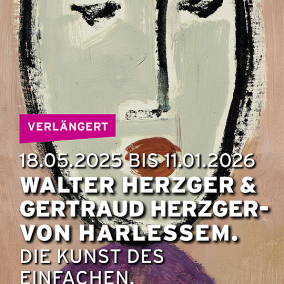Opened in 1990, the museum is one of the most distinguished art museums on the German side of Lake Constance. The museum focuses on classical modern art and contemporary art from the four-country region of Lake Constance and the German southwest. On 1000m2 and two floors, the house shows four to six collection and special exhibitions annually. Preferably during the summer months, the museum presents a selection from its art-historical collection of "Höri artists" with works by Otto Dix, Erich Heckel, Max Ackermann and many others.
Kunstmuseum Singen
Singen
Germany
Art
47.761145339171, 8.8365950267365
Address
Kunstmuseum Singen
Ekkehardstraße 10
78224
Singen
Germany
Opening hours
Open all year from
Tuesday - Friday:
14:00-18:00
Saturday - Sunday:
11:00-17:00
Closed on
Currently and upcoming

Exhibition
-
Véronique Verdet (*1967 in Cannes), the granddaughter of the Herzger couple, works as a freelance artist in Saarbrücken. Verdet has made a name for herself with drawings and installations, which she ...

Exhibition
-
The married couple Walter Herzger (1901-1985) and Gertraud Herzger-von Harlessem (1908-1989) belong to the inner circle of those "Höri artists" who lived and worked on the Höri peninsula on Lake ...

Exhibition
-
In the 1930s and 40s, numerous painters, draughtsmen and sculptors sought refuge from political pressure and war in the seclusion of the Höri peninsula. However, they did not form an artists' colony. ...
